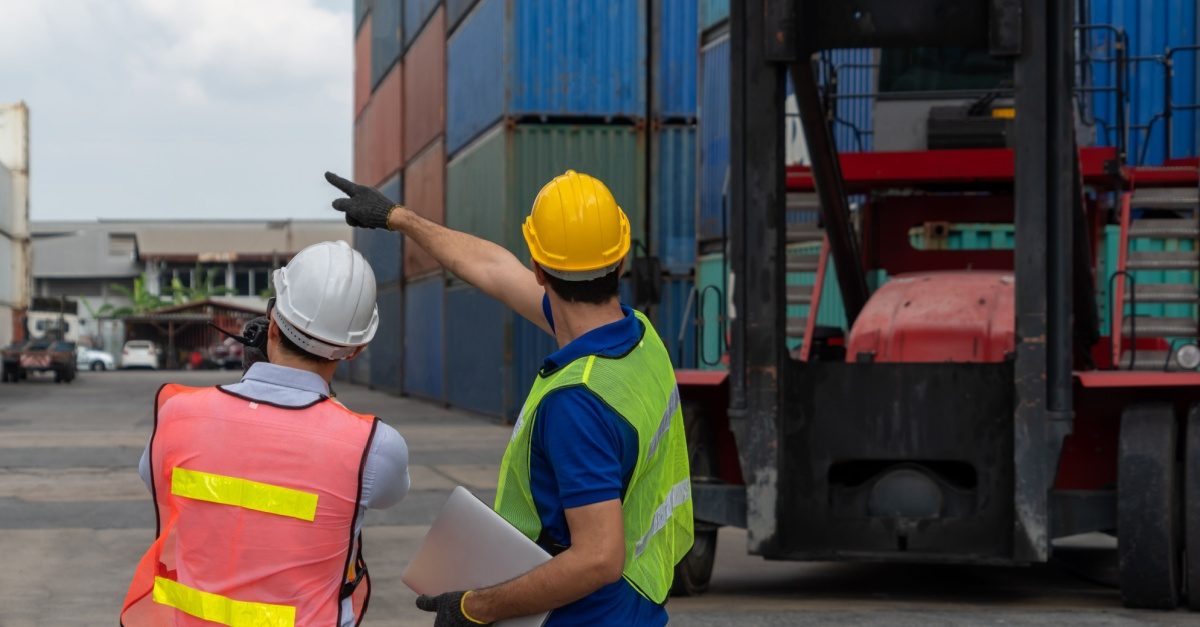
Supply Chain SOS: When Labour Shortages Meet Immigration Policies
Labour shortages have left the supply chain in a bad way with less workers than ever before, which has disrupted everything from food production to freight delivery. This has resulted in demands not being met due to slower operating. Not only that, as consumers are the ones feeling the brunt of this. The main industries that are experiencing poor labour shortages include agriculture, construction and logistics, all of which are crucial for supplying people’s day-to-day lives.
One reason why supply chains have weakened is stricter immigration laws from a lot of different countries. There are now much slower visa processes than ever before, which have limited access to foreign workers when they’re needed most. Pressure on governments is needed for them to improve their immigration procedures to give businesses a chance to succeed with their supply chain.
This guide will explore how labour shortages can be fixed with an improvement to immigration policies across the world. Continue reading to find out more.
Why Labour Shortages Are Happening
Many industries face severe shortages in workers and this shortage can be attributed to several factors:
- Aging Workforce: The demographic shift in many developed countries has led to aging workforces with less young people entering the industry. Immigration can open the possibility of having young skilled expats join the workforce.
- Low Wages and Tough Working Conditions: Many industries fail to attract sufficient workers due to low pay or poor working conditions, especially in physically demanding sectors.
- Pandemic Aftermath: The COVID-19 pandemic caused disruptions that many sectors are still recovering from, including there being less workers in certain industries. Having a more diverse workforce will begin to solve this issue.
How Immigration Can Be a Solution
Immigration has long played a vital role in filling labour gaps, and it’s one of the most practical solutions to ongoing shortages. In many essential sectors, expats often take on physically demanding or lower-paid jobs that domestic workers are less willing to fill. They also make up a large percentage of highly skilled professionals in fields such as technology, engineering and advanced healthcare, which makes them very sought after when it comes to managing a supply chain.
Temporary work visa programs or indefinite leave to remain applicants help address immediate needs, but long-term strategies that align immigration policy with labour market demands are increasingly necessary to stabilise the workforce and ensure the supply chain is able to keep up with high demands.
Immigration Policy Solutions
Targeted Immigration Programs
Some governments have begun to recognise that a one-size-fits-all immigration policy doesn’t work in a labour market with highly specific needs. Targeted immigration programs can address workforce gaps in key sectors. The United States offers the H-2A visa to bring in seasonal agricultural workers and the H-1B visa to attract skilled professionals in technology and other specialised fields. These programs are designed to match foreign labour with domestic demand, helping to ease pressure on industries that are struggling to find qualified workers.
Their effectiveness will come down to how well they are implemented and whether they can adapt to the evolving needs of the economy, as every country is different when it comes to immigration laws and how they regulate it.
Workforce Development
Long-term resilience is needed, as well as investing in the domestic workforce. Forward-thinking governments are pairing immigration policies with workforce development strategies, such as retraining programs for displaced workers. This gives them the ability to upskill local talent and make sectors like manufacturing, logistics and agriculture more appealing career paths for young expats.
These policies aim to build a more sustainable labour supply chain, as they balance short-term immigration solutions to create long-term strategies that will strengthen the domestic workforce. Without action, a gradual decline will happen.
Future Outlook
Countries may need to adopt more flexible visa programs tailored to industries facing low workforce numbers. While many businesses are turning to automation and technology instead to recover from labour shortfalls, human oversight and problem-solving skills are still required for the supply chain to work effectively.
Immigration reform will likely be necessary to address labour shortages without compromising national security or social cohesion. The approach to this needs to be careful, as countries will always want to control who comes in and out, but if the supply chain benefits, we all do.
Final Thoughts
People remain essential to the flow of goods and services and without enough workers, the most sophisticated systems begin to falter, and the supply chain can be disrupted. Immigration presents an opportunity to bridge the gap so more supply chains can meet demands.
There needs to be a good balance for the supply chain to recover. Smarter immigration policies need to be implemented and targeted workforce development needs to start for the long-term improvement of the supply chain. Industries and economies continue to adapt to the labour shortages, but they can only do so much if immigration laws are not improved worldwide.
